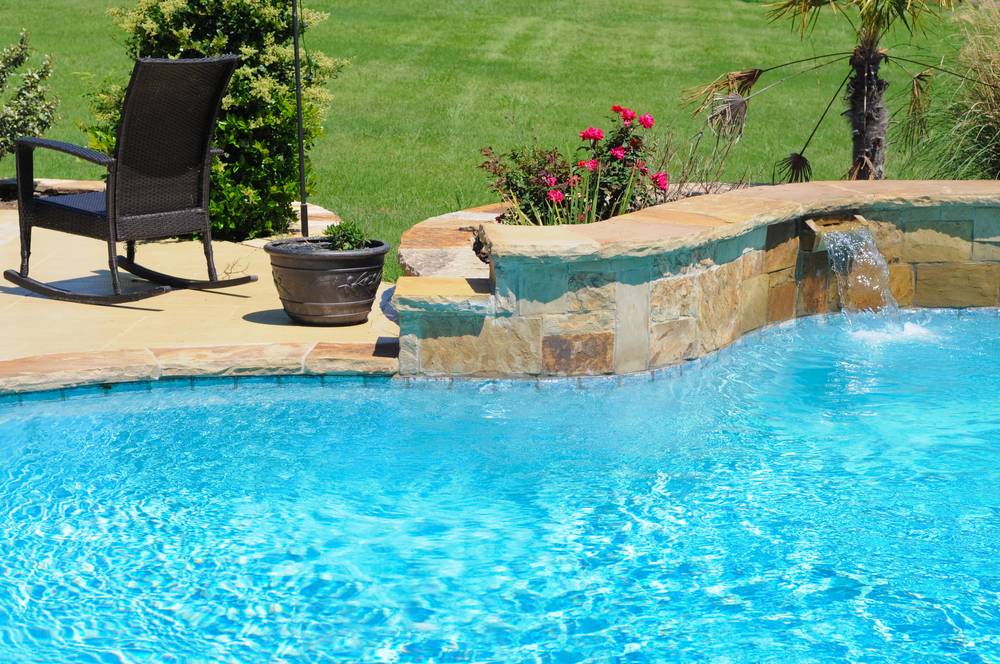- Apr 16, 2020
- 26
- Pool Size
- 16000
- Surface
- Plaster
- Chlorine
- Salt Water Generator
- SWG Type
- Pentair Intellichlor IC-40
Hi everybody,
Question first: Is there a particular aspect of water chemistry that I should focus on if I want to halt the degradation of my quartz plaster?
Background: Pool is entering its 7th year of life. I noticed late last summer that the pool cleaner bag was containing increasingly larger amounts of plaster particles. Our pool repair person was out to fix a different issue and I brought this up and he suggested we have "harsh" water and that's causing the plaster to degrade. Said to dial the chlorine way back. So I did. And not long after, we covered the pool for the winter and I mostly just ignored it because that's what I do every winter (though we don't always cover it). Enter massive algae bloom stage left.
So, now, here I am getting my pool chemistry degree at the U of TFP and trying to get my chems right. Don't particularly wanting to drain the pool again (ETA: CYA was 190, now down to 80 after draining this weekend and hoping spring rains will replace enough water to get the CYA down eventually). I know the chlorine is safe because the high CYA is buffering it. But my TA is 100, which I know is a bit high, my pH is pretty steadily in the 7.5-7.6 range and my CH is 250. Is there anything about these other numbers that I need to worry about as far as how it affects plaster?
FWIW, there's no pitting, a few hairline cracks because Dallas soil is the freaking worst, but a bucket test says we're not losing water, so the plaster seems okay structurally, but you can wipe your hand across it and remove particles. It's very rough and sandy, especially around the steps.
Appreciate any wisdom around this issue!
-Heather
Question first: Is there a particular aspect of water chemistry that I should focus on if I want to halt the degradation of my quartz plaster?
Background: Pool is entering its 7th year of life. I noticed late last summer that the pool cleaner bag was containing increasingly larger amounts of plaster particles. Our pool repair person was out to fix a different issue and I brought this up and he suggested we have "harsh" water and that's causing the plaster to degrade. Said to dial the chlorine way back. So I did. And not long after, we covered the pool for the winter and I mostly just ignored it because that's what I do every winter (though we don't always cover it). Enter massive algae bloom stage left.
So, now, here I am getting my pool chemistry degree at the U of TFP and trying to get my chems right. Don't particularly wanting to drain the pool again (ETA: CYA was 190, now down to 80 after draining this weekend and hoping spring rains will replace enough water to get the CYA down eventually). I know the chlorine is safe because the high CYA is buffering it. But my TA is 100, which I know is a bit high, my pH is pretty steadily in the 7.5-7.6 range and my CH is 250. Is there anything about these other numbers that I need to worry about as far as how it affects plaster?
FWIW, there's no pitting, a few hairline cracks because Dallas soil is the freaking worst, but a bucket test says we're not losing water, so the plaster seems okay structurally, but you can wipe your hand across it and remove particles. It's very rough and sandy, especially around the steps.
Appreciate any wisdom around this issue!
-Heather
Last edited:


